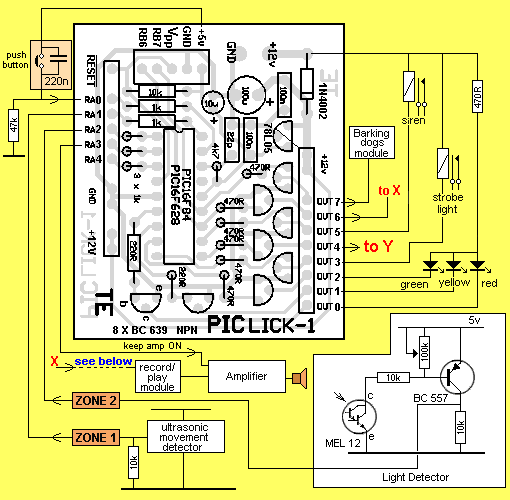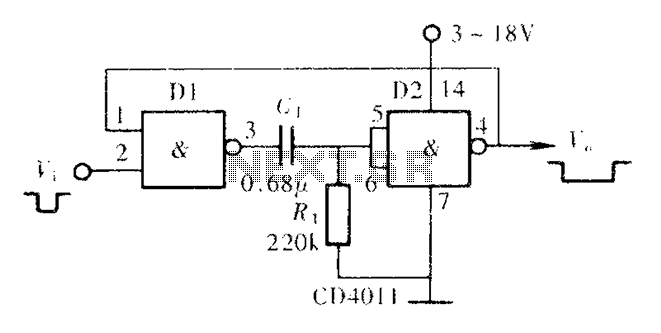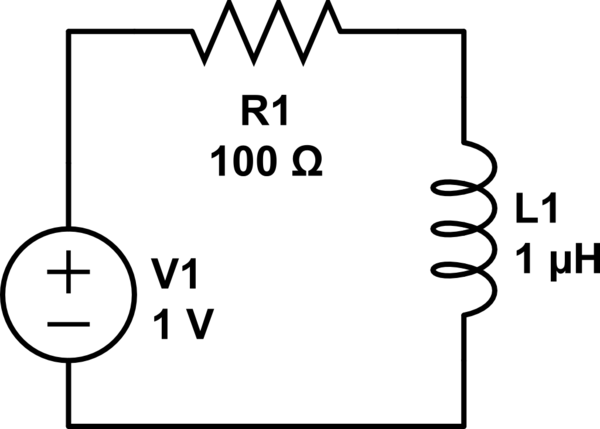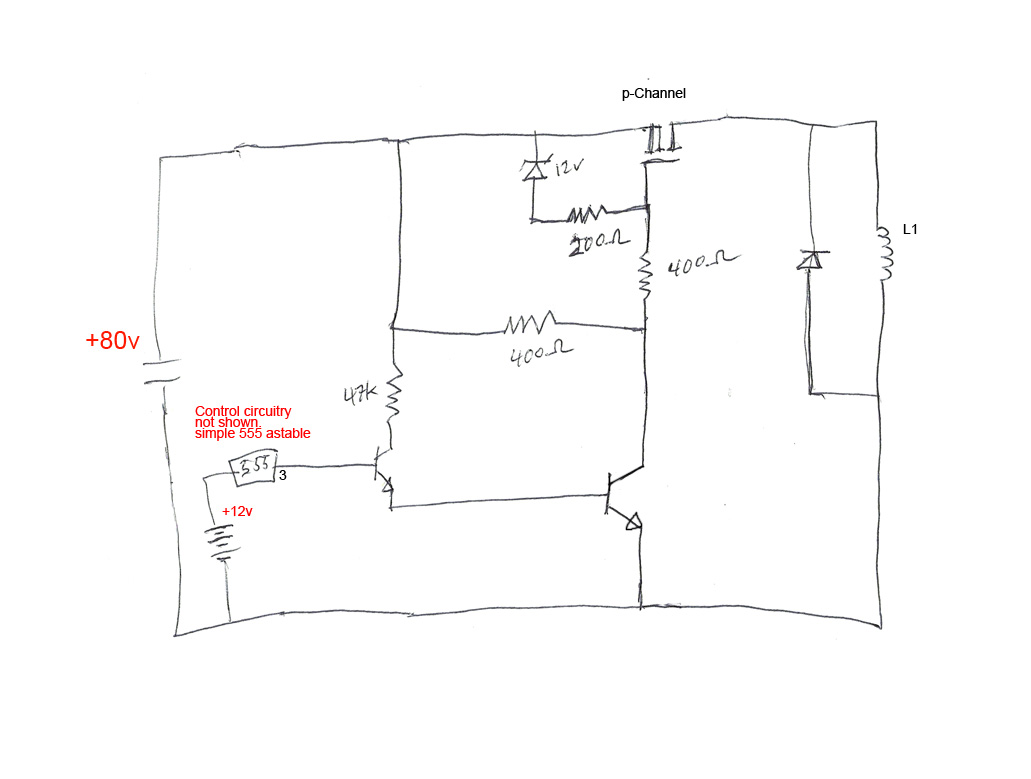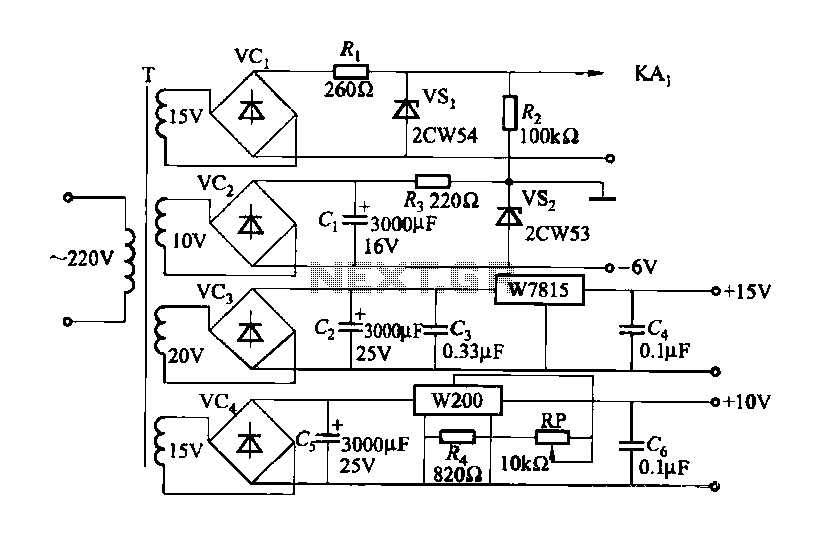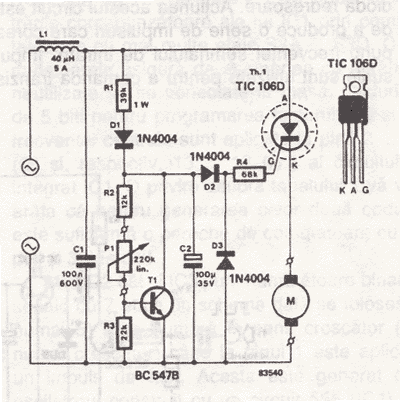
Circuit power audio amplifier potency lm4782 overture three channel
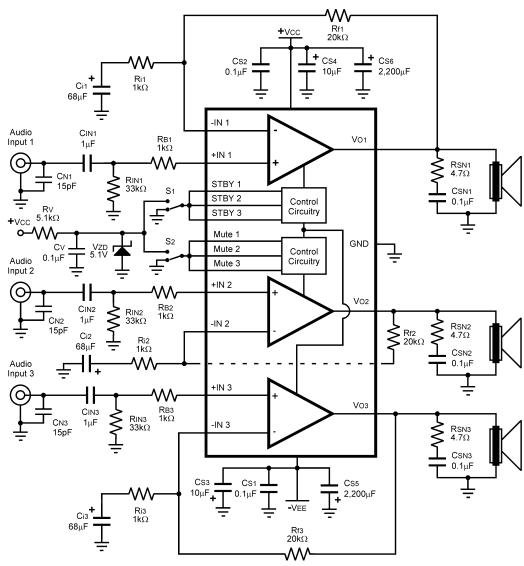
The LM4782 utilizes a protection system known as National Self Peak Instantaneous Temperature (Ke) (SPiKeTM). SPiKe safeguards the output of the LM4782 against over-voltage on the load, short circuits to ground, and provides temperature protection by monitoring instantaneous temperature. Each amplifier within the LM4782 is equipped with a mute circuit and an internal standby mode that can be controlled via a logic signal. The LM4782 can be configured for bridge or parallel operation without complications, offering several application possibilities for the integrated circuit. For more information on SPiKe, refer to AN-898 on the national.com website. The circuit described here pertains to a suggested application by National Semiconductor for a three-channel power amplifier using the LM4782. To determine the appropriate heat sink, consult the LM4782 datasheet. To mitigate potential oscillations or instability at both low and high frequencies, an electrolytic or tantalum capacitor is used to absorb variations at low frequencies, while a ceramic capacitor is employed to prevent feedback at high frequencies. These components are positioned on the power lines. The combination of these capacitors creates a high-pass filter, with the frequency response being determined by these two components. The -3dB point can be calculated using the provided equation. If a DC-blocking capacitor is utilized, an additional low-pass filter is formed with the combination of Cin and Rin. When large values of Rin are employed, oscillations at the output may occur. The proposed circuit requires a symmetrical power supply of ±25 volts capable of delivering 4 amperes of current, which must be regulated. A quality transformer, rectifiers, and large filter capacitors of at least 10,000 µF are essential.
The LM4782 is a versatile audio amplifier integrated circuit designed for high-performance applications. It features a robust protection mechanism that ensures reliable operation under various conditions, significantly enhancing its durability and usability in audio amplification systems. The SPiKe technology is particularly noteworthy, as it actively monitors temperature and voltage levels, providing real-time protection against abrupt changes that could damage the amplifier.
In configuring the LM4782, users can opt for either bridge or parallel configurations, allowing for flexibility in design based on specific application requirements. This adaptability makes the LM4782 suitable for a wide range of audio applications, from home theater systems to professional audio equipment.
The importance of proper heat management cannot be overstated, as the LM4782 generates heat during operation. Therefore, selecting an appropriate heat sink is critical to maintain optimal performance and prevent thermal shutdown. The datasheet provides guidelines on heat sink selection based on the intended operational conditions.
To ensure stability in the circuit, it is essential to incorporate capacitors strategically. The electrolytic or tantalum capacitors function to smooth out low-frequency variations, while ceramic capacitors are crucial for high-frequency stability. This dual-capacitor approach effectively mitigates potential oscillations, which can adversely affect audio quality and amplifier performance.
The circuit design also emphasizes the necessity of a regulated power supply. A symmetrical power supply of ±25 volts is required to provide the necessary voltage levels for the LM4782 to function effectively. The power supply should be capable of delivering sufficient current, with a recommended capacity of 4 amperes, to ensure reliable operation under varying load conditions. Additionally, using high-quality components such as transformers, rectifiers, and large filter capacitors (minimum 10,000 µF) is essential for achieving a stable and noise-free power supply, which directly influences the overall performance of the amplifier.
In summary, the LM4782 is a highly capable audio amplifier that leverages advanced protection features and flexible configurations, making it an excellent choice for various audio amplification needs. Proper attention to power supply design and component selection will enhance its performance and longevity in any application.LM4782 uses the system of protection of National Self Peak Instantaneous Temperature ( Ke) (SPiKeTM). Spike protects the exit of the lm4782 of on tension on load, short of the source for gnd, temperature protection and picks instantaneous of temperature.
Each amplifier of the lm4782 has a mute circuit and internal stand-by, that can be controlled by logic it expresses. LM4782 can be configured to be used in bridge or in parallel way without complications, it exists several ways to use integrated him. To know more on spike it seeks for AN-898 in the site national. com. The circuit described here it is treated of the application suggested by the national semiconductors for an amplifier of potency of three channels with having integrated lm4782.
To determine the heat-sink to be used it sees the datasheet of the lm4782. To eliminate possible oscillations or instability in low frequency high frequency either is used a capacitor electrolytic or of tantalum to absorb variations in low frequency and a ceramic capacitor to prevent feedback in discharges frequencies. those components are placed in the power lines. The combination of it Laughs with ci it creates a filter high raisin. The frequency answer is determined by those two components. The point of -3dB can be found using the equation below: If a capacitor of blockade dc be used, there is another filter it passes discharge servant with the combination of Cin and Rin.
When great values of Rin are used it can happen oscillations in the exit. That proposed circuit requests a symmetrical source of +-25volts that is capable of 4 amperes of current, is necessary that is regulated. Just use a good transformer, rectificators and great capacitors of filter of at least 10000 µF. 🔗 External reference
The LM4782 is a versatile audio amplifier integrated circuit designed for high-performance applications. It features a robust protection mechanism that ensures reliable operation under various conditions, significantly enhancing its durability and usability in audio amplification systems. The SPiKe technology is particularly noteworthy, as it actively monitors temperature and voltage levels, providing real-time protection against abrupt changes that could damage the amplifier.
In configuring the LM4782, users can opt for either bridge or parallel configurations, allowing for flexibility in design based on specific application requirements. This adaptability makes the LM4782 suitable for a wide range of audio applications, from home theater systems to professional audio equipment.
The importance of proper heat management cannot be overstated, as the LM4782 generates heat during operation. Therefore, selecting an appropriate heat sink is critical to maintain optimal performance and prevent thermal shutdown. The datasheet provides guidelines on heat sink selection based on the intended operational conditions.
To ensure stability in the circuit, it is essential to incorporate capacitors strategically. The electrolytic or tantalum capacitors function to smooth out low-frequency variations, while ceramic capacitors are crucial for high-frequency stability. This dual-capacitor approach effectively mitigates potential oscillations, which can adversely affect audio quality and amplifier performance.
The circuit design also emphasizes the necessity of a regulated power supply. A symmetrical power supply of ±25 volts is required to provide the necessary voltage levels for the LM4782 to function effectively. The power supply should be capable of delivering sufficient current, with a recommended capacity of 4 amperes, to ensure reliable operation under varying load conditions. Additionally, using high-quality components such as transformers, rectifiers, and large filter capacitors (minimum 10,000 µF) is essential for achieving a stable and noise-free power supply, which directly influences the overall performance of the amplifier.
In summary, the LM4782 is a highly capable audio amplifier that leverages advanced protection features and flexible configurations, making it an excellent choice for various audio amplification needs. Proper attention to power supply design and component selection will enhance its performance and longevity in any application.LM4782 uses the system of protection of National Self Peak Instantaneous Temperature ( Ke) (SPiKeTM). Spike protects the exit of the lm4782 of on tension on load, short of the source for gnd, temperature protection and picks instantaneous of temperature.
Each amplifier of the lm4782 has a mute circuit and internal stand-by, that can be controlled by logic it expresses. LM4782 can be configured to be used in bridge or in parallel way without complications, it exists several ways to use integrated him. To know more on spike it seeks for AN-898 in the site national. com. The circuit described here it is treated of the application suggested by the national semiconductors for an amplifier of potency of three channels with having integrated lm4782.
To determine the heat-sink to be used it sees the datasheet of the lm4782. To eliminate possible oscillations or instability in low frequency high frequency either is used a capacitor electrolytic or of tantalum to absorb variations in low frequency and a ceramic capacitor to prevent feedback in discharges frequencies. those components are placed in the power lines. The combination of it Laughs with ci it creates a filter high raisin. The frequency answer is determined by those two components. The point of -3dB can be found using the equation below: If a capacitor of blockade dc be used, there is another filter it passes discharge servant with the combination of Cin and Rin.
When great values of Rin are used it can happen oscillations in the exit. That proposed circuit requests a symmetrical source of +-25volts that is capable of 4 amperes of current, is necessary that is regulated. Just use a good transformer, rectificators and great capacitors of filter of at least 10000 µF. 🔗 External reference
